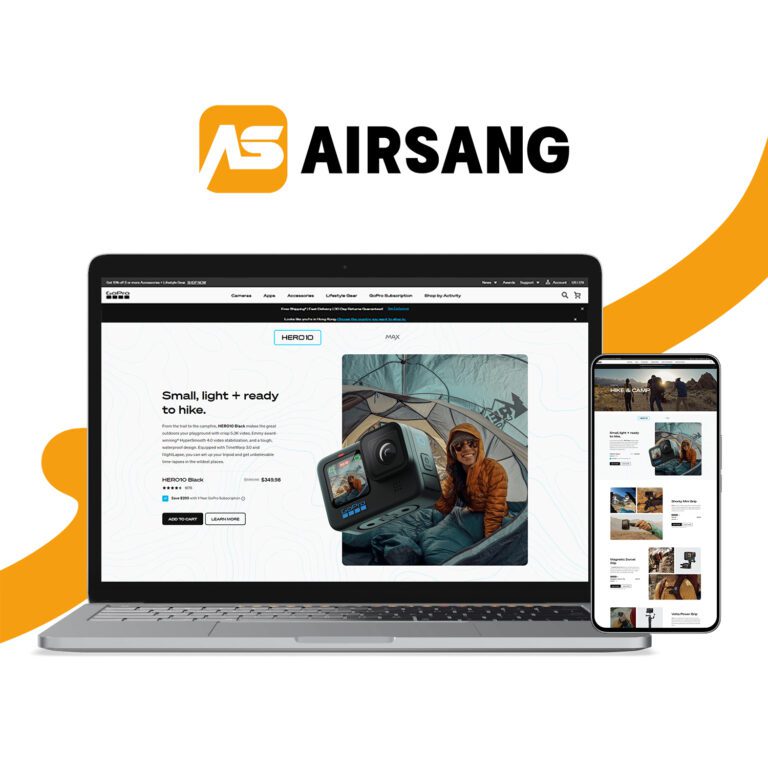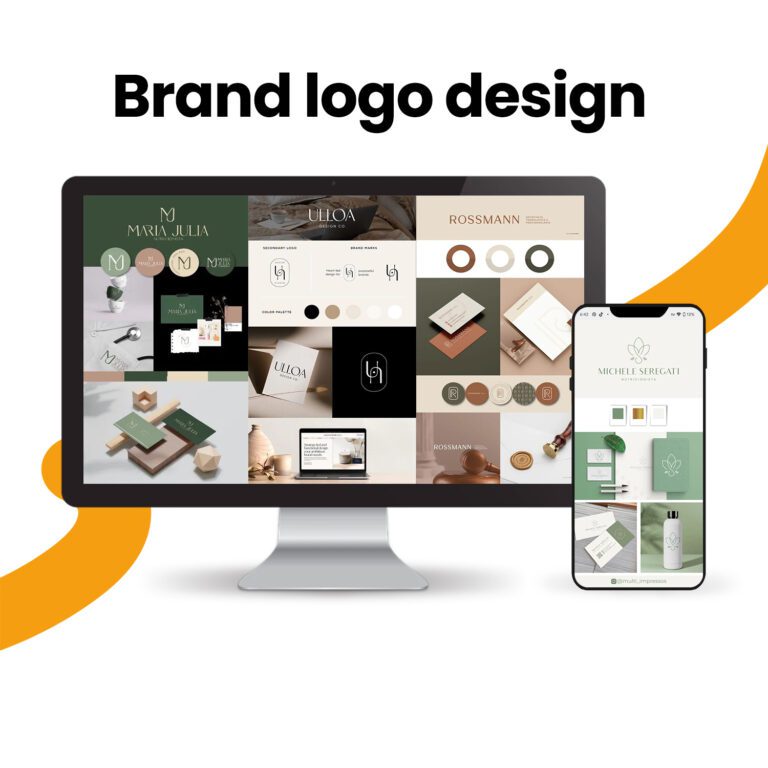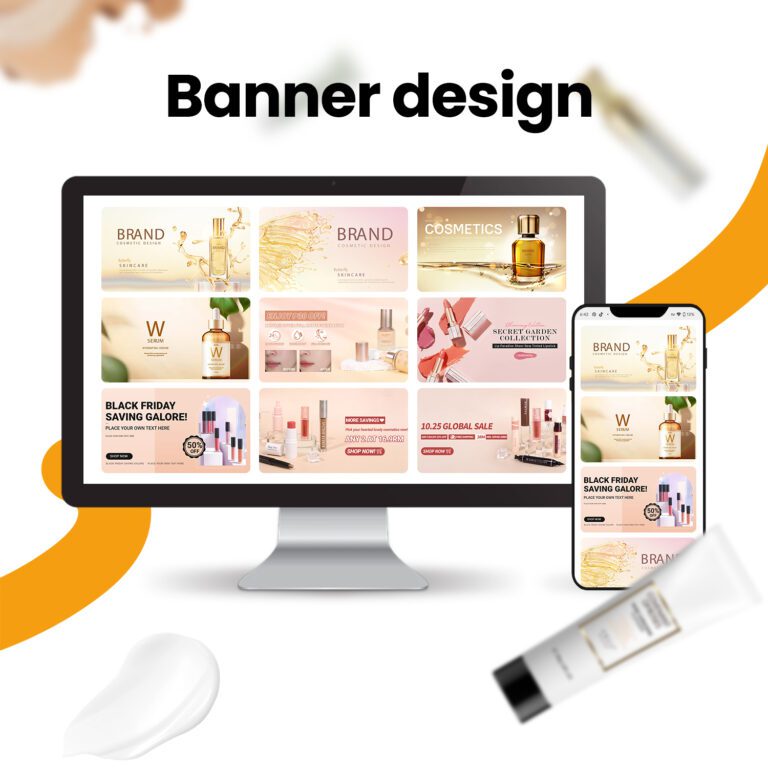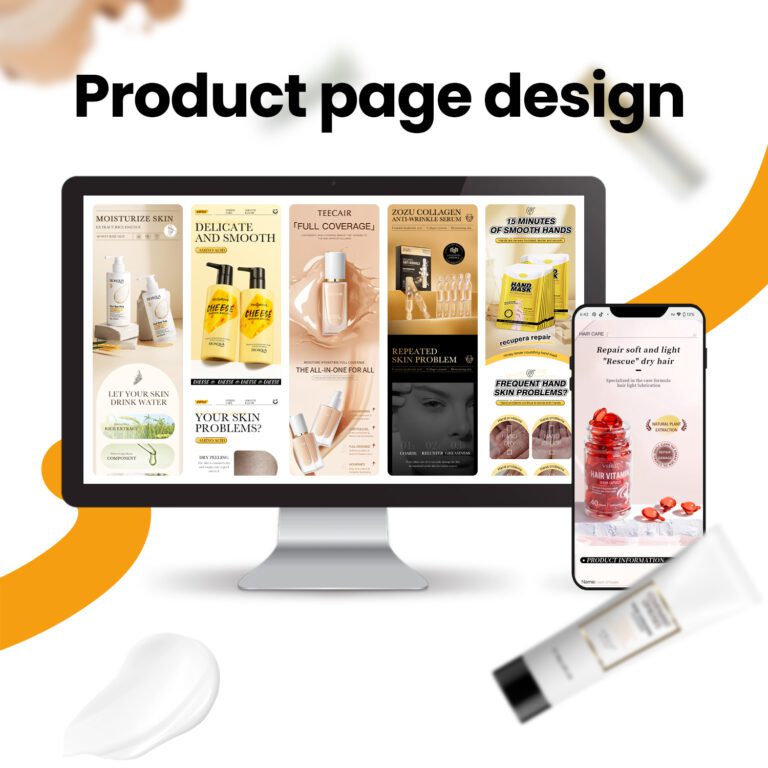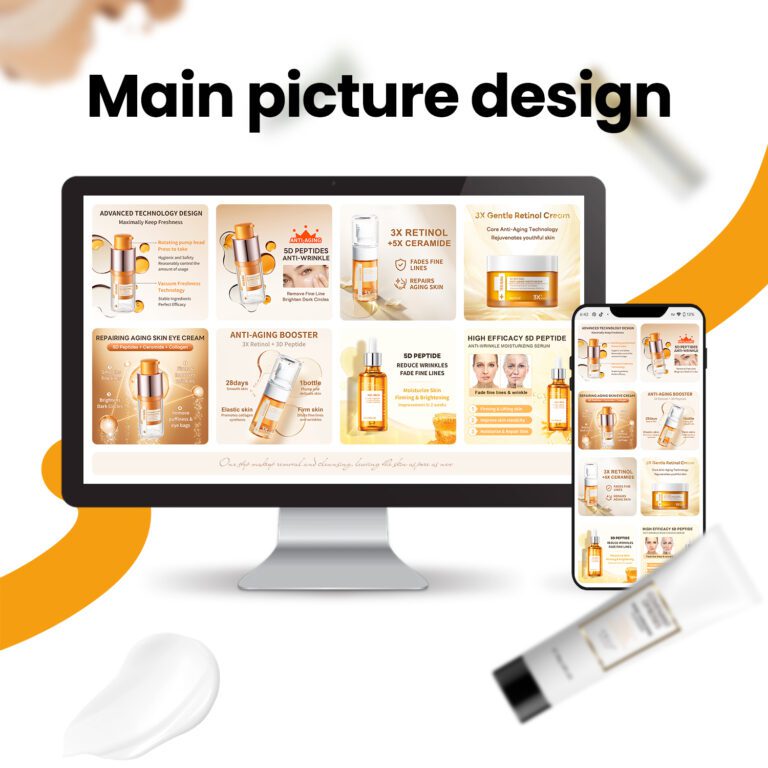ClickFunnels vs Shopify: Key Differences Explained

Introduction
Choosing between ClickFunnels and Shopify is one of the most important decisions for entrepreneurs building an online business. Both platforms promise growth, but they serve different purposes. Understanding their strengths, weaknesses, and how design plays a role will help you make the right choice for your goals.
Understanding ClickFunnels vs Shopify
What Is ClickFunnels?

ClickFunnels is primarily a sales funnel builder. Its goal is to streamline the customer journey from awareness to purchase with a series of optimized steps. It’s built for marketers who want to run campaigns, sell products or courses, and maximize conversion rates without focusing too much on large-scale inventory or storefront management.
What Is Shopify?

Shopify is an eCommerce powerhouse designed for building full online stores. It supports extensive product catalogs, flexible payment gateways, and integrations with shipping, marketing, and analytics tools. Unlike ClickFunnels, Shopify focuses on long-term brand building, product management, and scalable eCommerce infrastructure.
Key Difference at a Glance
- ClickFunnels: Sales funnels, lead generation, landing pages, one-product or high-ticket focus.
- Shopify: Comprehensive online store, product catalogs, branding, long-term scalability.
Comparing Features: ClickFunnels vs Shopify

Funnel Building and Conversions
- ClickFunnels shines in conversion-focused funnels. Pre-built templates allow entrepreneurs to capture leads, upsell products, and guide customers step by step.
- Shopify, while not natively funnel-oriented, can integrate with apps to add upsells, subscriptions, and custom checkout flows.
Storefront Design and Branding
- ClickFunnels offers landing page design tools, but the scope is limited compared to a full store. Branding options are functional but not as deep.
- Shopify provides complete storefront customization. With themes and design flexibility, Shopify supports not just transactions but also storytelling, lifestyle branding, and customer trust.
Here’s where website design expertise becomes critical: a well-designed Shopify site can compete with and even outperform funnel-style pages by combining aesthetics with conversion principles.
Product Management
- ClickFunnels is best suited for single products, coaching services, or digital downloads. Managing hundreds of SKUs is not its purpose.
- Shopify is built for managing extensive product catalogs, categories, and variations. It supports bulk management and detailed product pages that fuel SEO.
Marketing and Integrations
- ClickFunnels offers strong integrations with email automation, webinar tools, and affiliate systems. Its edge lies in marketing campaigns.
- Shopify integrates with thousands of apps covering marketing, inventory, shipping, accounting, and more. It allows businesses to scale beyond campaigns into full operations.
Pricing and Scalability
- ClickFunnels charges higher monthly fees, starting at around $127, geared toward businesses already investing heavily in paid ads or high-ticket offers.
- Shopify starts lower and scales with your needs. From small shops to enterprise-level Shopify Plus, businesses can grow at their own pace.
Website Design in the ClickFunnels vs Shopify Debate
Why Design Matters
Regardless of the platform, design determines whether a visitor stays, explores, and converts. A poorly designed funnel loses leads. A cluttered Shopify store loses customers. Professional design aligns user experience with brand identity and conversion goals.
Design on ClickFunnels
ClickFunnels provides templates, but customization is limited. For businesses whose brand identity matters less than quick conversions, this works. However, companies with long-term growth goals may feel constrained.
Design on Shopify
Shopify excels in design flexibility. From immersive hero banners to interactive product galleries, Shopify allows brands to craft unique experiences. When paired with expert design services, Shopify becomes more than a store—it becomes a digital hub for storytelling, loyalty, and global expansion.
Conversion-Focused Shopify Design
At first glance, Shopify may seem weaker in funnels, but skilled design bridges that gap. For example:
- Upsell and cross-sell placements within the product page.
- Clean, mobile-optimized navigation that reduces bounce rates.
- Custom-designed checkout flows that mirror funnel-style simplicity.
This balance between design aesthetics and funnel strategy is where Shopify shines when executed well.
Which One Should You Choose?

Choose ClickFunnels If…
- You sell one product or high-ticket services.
- Your strategy revolves around paid ads and direct funnels.
- You want quick landing pages with minimal backend management.
Choose Shopify If…
- You manage multiple products or a growing catalog.
- You want a brand-centered online store.
- You need scalability and global reach.
- You value the combination of design, functionality, and storytelling.
How Website Design Shapes Success
Aligning Business Goals with Design
Choosing between ClickFunnels vs Shopify isn’t just a technical choice. It’s a branding choice. The right design ensures your platform reflects your goals—whether short-term campaigns or long-term brand growth.
Our Perspective as Designers
We’ve seen businesses struggle with funnels that lack brand identity, and we’ve seen Shopify stores underperform because of poor design execution. The key is not just choosing the platform, but optimizing design within it.
- On ClickFunnels, design clarity and minimalism win.
- On Shopify, immersive storytelling and functional layouts drive trust and conversions.
The Hybrid Approach
Some businesses use both: Shopify for the store, ClickFunnels for campaigns. In such cases, design consistency across platforms is critical. Matching colors, typography, and imagery ensures customers feel trust at every step.
Case for Shopify with Expert Design
Why Shopify Wins Long-Term
While ClickFunnels is excellent for campaigns, Shopify offers sustainability. Businesses that want to grow beyond short-term funnels find Shopify better suited for scaling product lines, building SEO, and establishing a brand customers recognize.

Design as the Differentiator
Shopify’s flexibility means outcomes depend heavily on design expertise. A generic theme can hold a brand back, while custom design can transform the same store into a revenue engine.
- Professionally designed product pages increase conversions.
- Optimized navigation improves customer experience.
- Visual storytelling enhances trust and loyalty.
Conclusion
The ClickFunnels vs Shopify debate comes down to business goals. ClickFunnels excels at campaign-driven funnels, while Shopify offers a foundation for long-term eCommerce growth. Design bridges the gap—transforming either platform into a powerful tool.
For businesses seeking not only functionality but also professional design that drives growth, Shopify paired with expert design services is often the smarter long-term choice. This is where AIRSANG delivers value: crafting Shopify websites that combine design excellence with conversion strategy, ensuring your business thrives in today’s competitive digital landscape.

